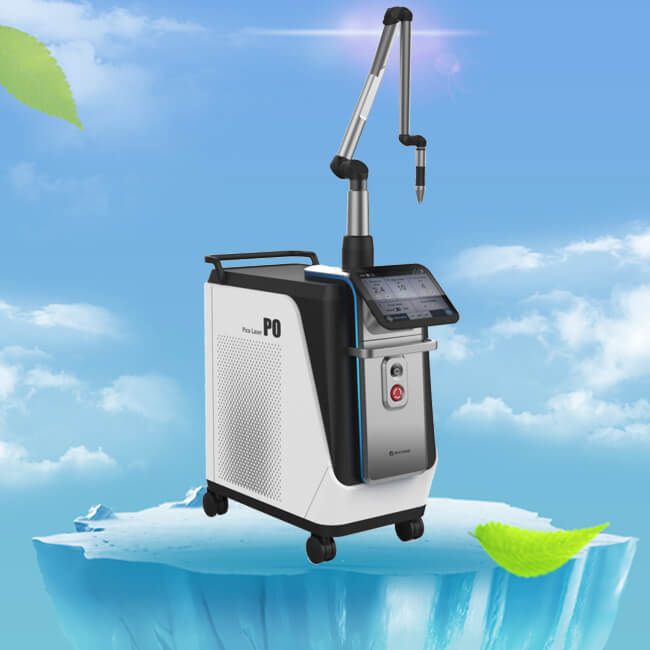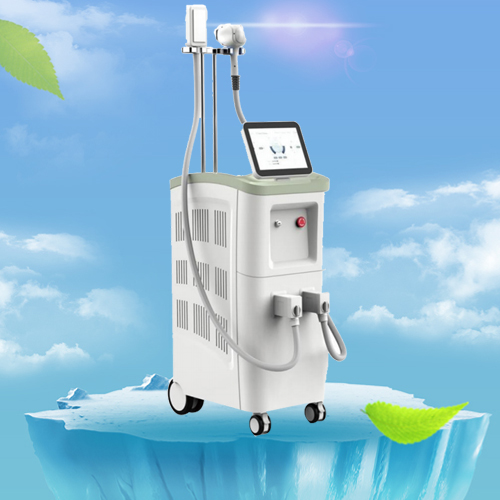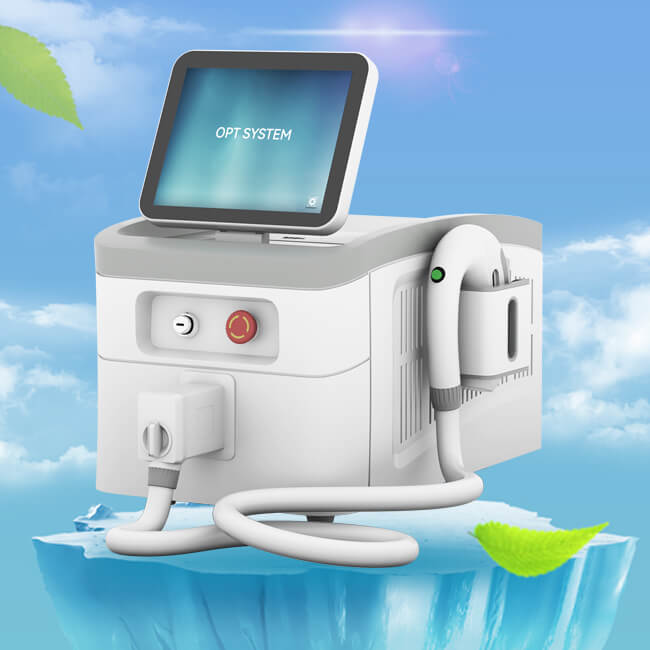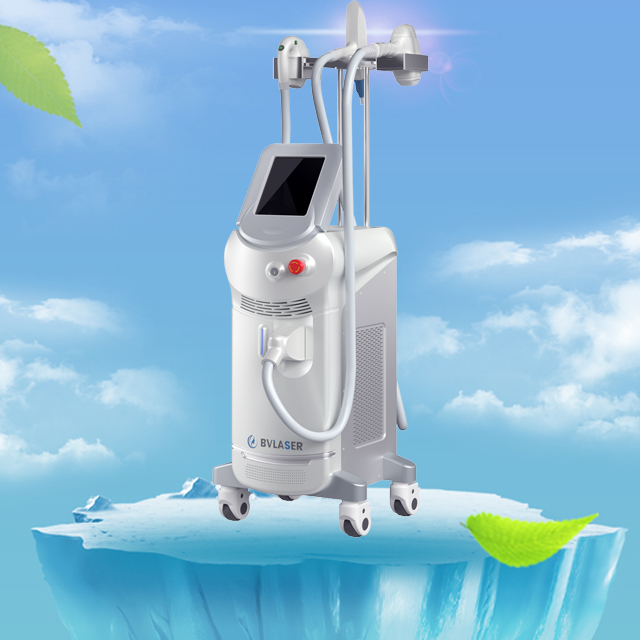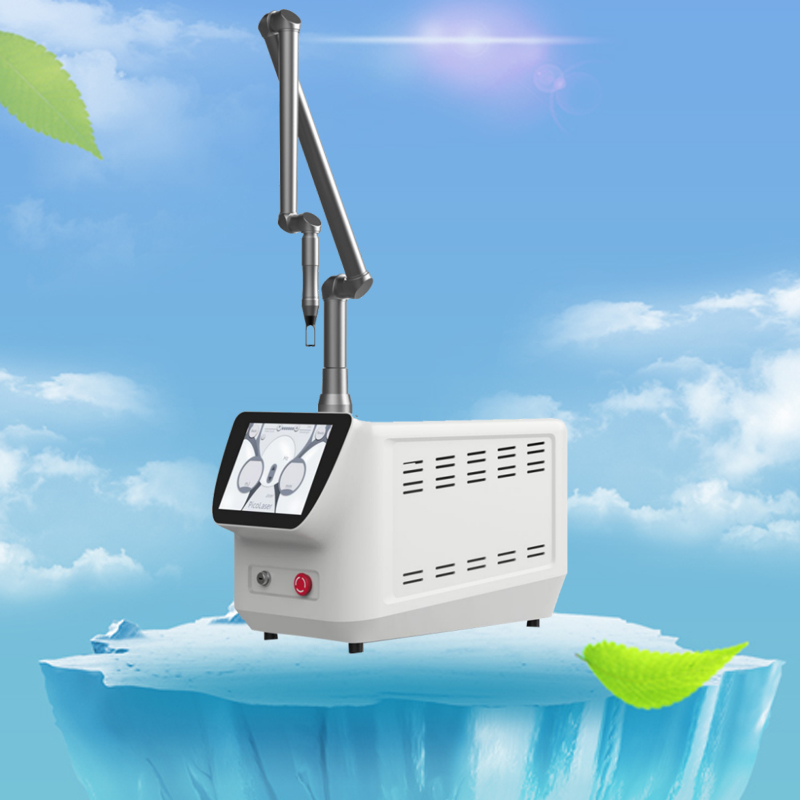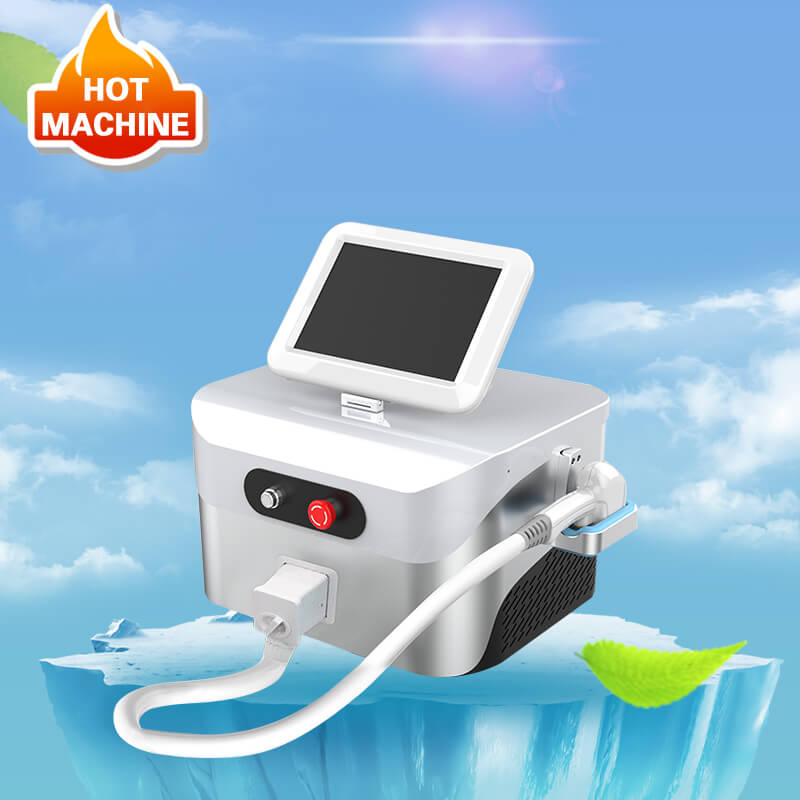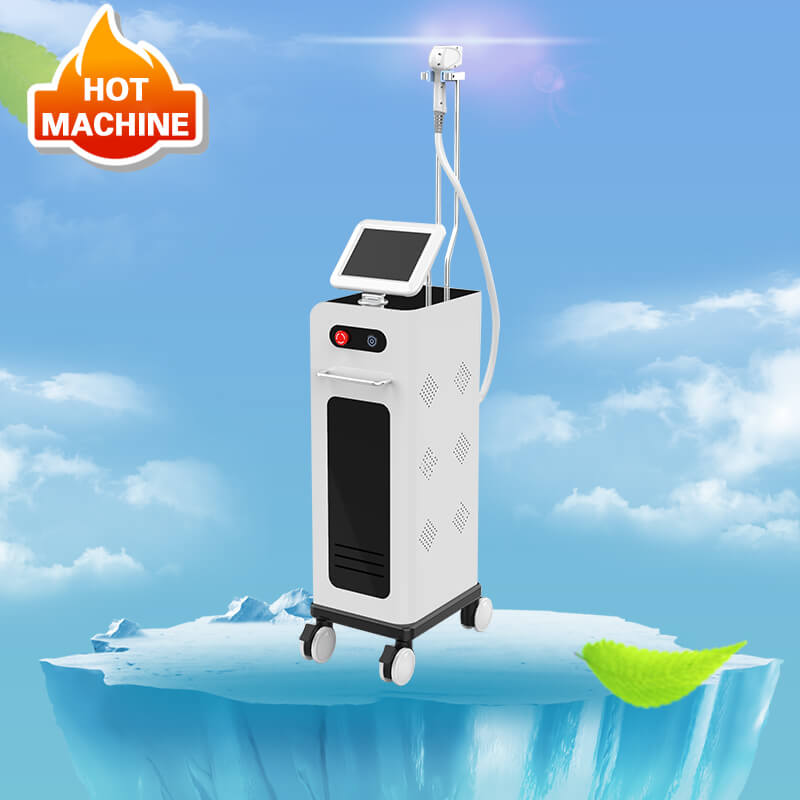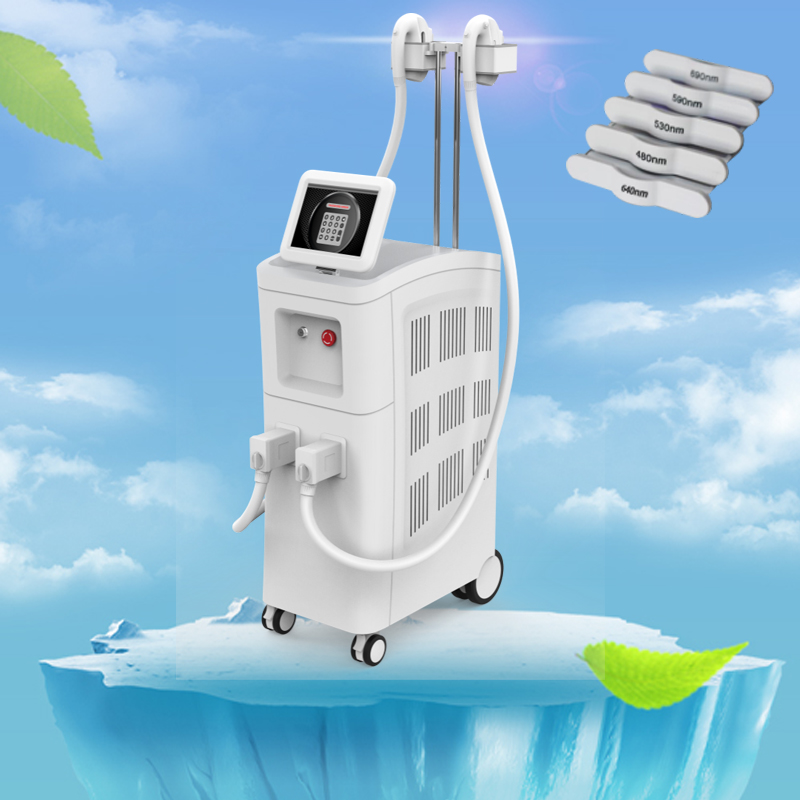The effects of IPL photorejuvenation
Author:baishilf Time:2023-04-04 14:38:49
We have studied physics and know that sunlight is divided into 3 parts: ultraviolet light, visible light and infrared light. The light that we can see with our naked eyes belongs to the visible part, with wavelengths ranging from 400-700nm. The ultraviolet and infrared rays at both ends of the spectrum are invisible to our eyes. The IPL intense pulsed light, on the other hand, is a selection of sunlight, removing the ultraviolet, violet and blue light, and retaining some of the green, yellow and later orange, red and infrared light for skin improvement.

Some may ask why the UV, violet and blue rays are removed. Firstly, because UV, violet and blue light are damaging to the skin; secondly, it takes into account the absorption size of various coloured groups in the skin (e.g. melanin, haemoglobin) to different lights; thirdly, it takes into account the different penetration depth of different lights to the skin. The green light at 550nm can already reach the dermis, while the near infrared light at 750nm can penetrate below the dermis and reach the subcutaneous tissue (fat layer).
Bvlaser is a IPL beauty machine supplier, we have professional IPL machine for sale.

How IPL intense pulsed light machine works
IPL intense pulsed light machine is one of the most widely used light treatment technologies in the clinical field and plays a very important role in the field of skin aesthetics, being widely used in the treatment of various cosmetic skin diseases, especially those related to photodamage and photo-ageing.
1. Selective photothermal action
The theoretical basis for the treatment of skin diseases with IPL is the principle of selective photothermal action. Because IPL photorejuvenation is broad spectrum, it can cover multiple absorption peaks for a variety of pigment groups such as melanin, oxidised haemoglobin and water. When treating vascular dermatoses, where haemoglobin is the main chromophore, the light energy of IPL is preferentially and selectively absorbed by oxidised haemoglobin in the blood vessels, and the high heat generated by the absorption causes the haemoglobin to rupture, thus triggering the rupture and closure of the blood vessels, which has the effect of improving redness.
The same is true when treating pigmented skin conditions. The high heat generated by the selective absorption of IPL’s spectrum by melanin can lead to the breakdown of melanin particles, melanocytes can be destroyed and eventually melanin vesicles can be broken up, ultimately having the effect of improving hyperpigmentation. In simple terms, the darker the colour, the more light is absorbed and the more heat is generated. The melanin in the skin is easily broken down and whitening effect is achieved because more heat is absorbed.
2. Bio-stimulating effect
When IPL enters the dermis, the internal molecular structure of the collagen and elastic fibres in the dermis can be chemically changed to promote a finer arrangement of collagen tissue in the dermis, and the collagen layer can be continuously repaired and replenished to restore the skin’s elasticity and enhance the function of blood vessels, thus improving the skin’s sagging, superficial wrinkles, enlarged pores and other skin conditions.

Problems that can be improved with IPL Pulsed Intense Light
IPL can theoretically improve a very large number of skin problems in these areas: rosacea (rosacea), hyperpigmentation, superficial wrinkles, enlarged pores, melasma, freckles, sun spots, redness, dull skin, and facial rejuvenation.
Like a general practitioner, IPL beauty machine can treat many skin problems and improve the skin’s condition. The biggest advantage of IPL is that it is safe and non-invasive. As a non-invasive skin treatment, IPL is not an invasive treatment, so the possibility of infection is very low.





